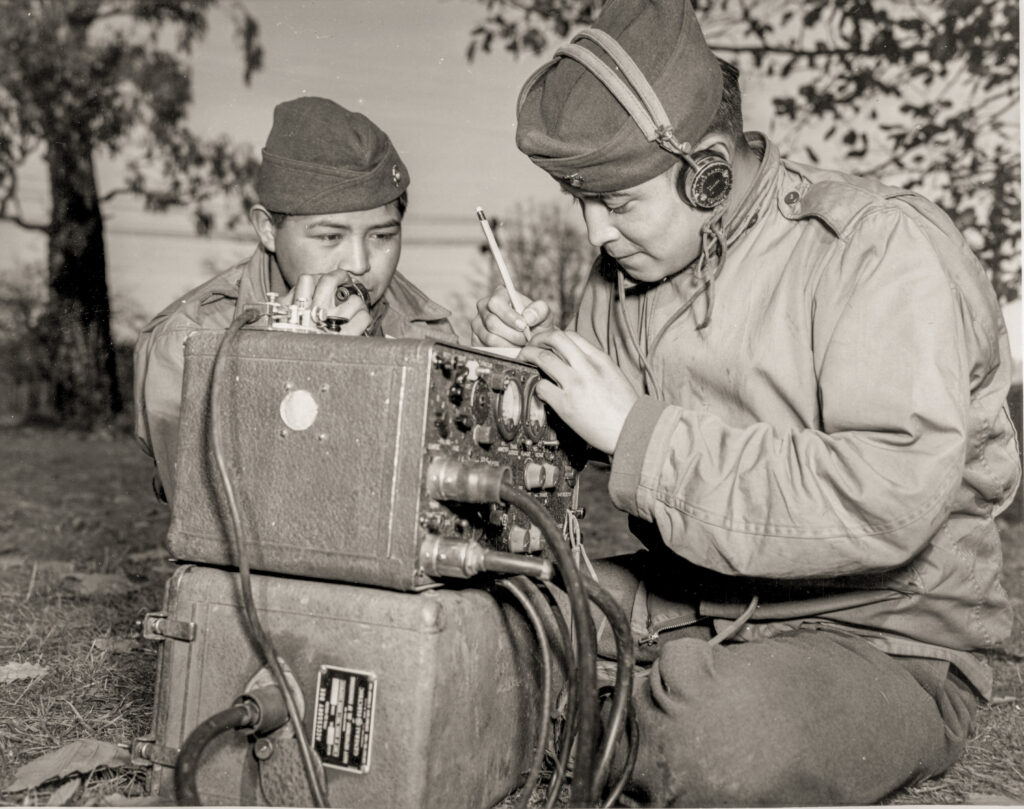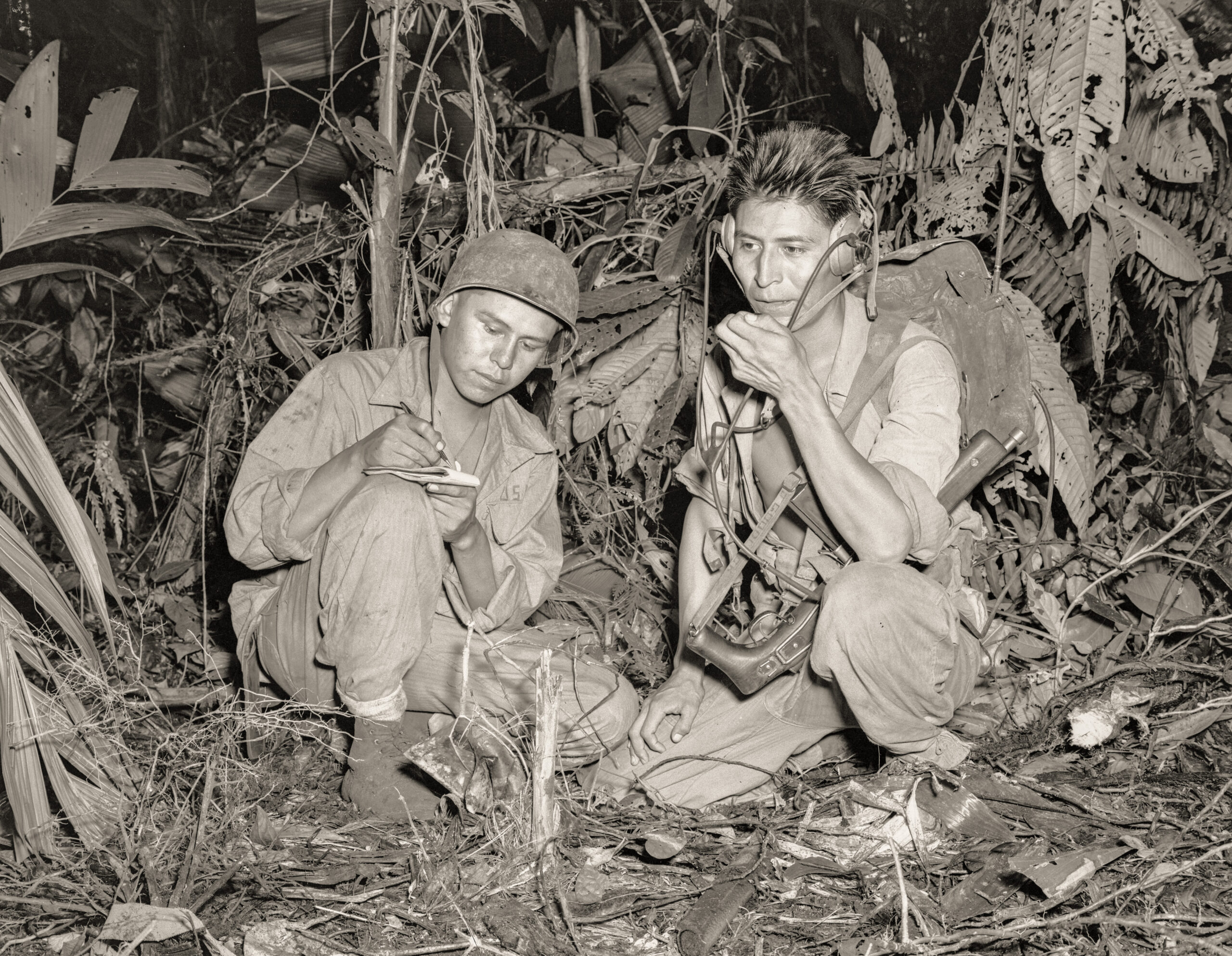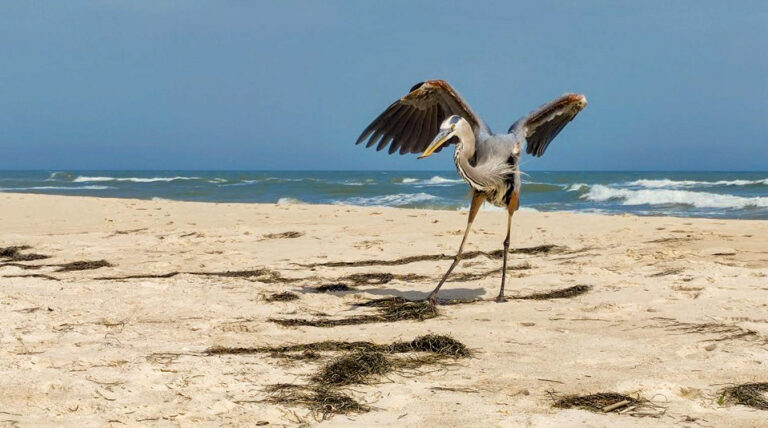War museum honors Native American servicemen
The Camp Gordon Johnston World War II Museum in Carrabelle has opened a special exhibit honoring Native American servicemen, to be on display until Saturday, Nov. 30 in keeping with National Native American Heritage Month.
According to the National Museum of the American Indian, during World War I and II, hundreds of American Indians joined the United States armed forces and used words from their traditional tribal languages as weapons. The United States military asked them to develop secret battle communications based on their languages – and America’s enemies never deciphered the coded messages they sent.

The museum wrote that “Code Talkers,” as they came to be known after World War II, are 20th-century American Indian warriors and heroes who significantly aided the victories of the United States and its allies. Their role in war required intelligence and bravery. They developed and memorized a special code. They endured some of the most dangerous battles and remained calm under fire.
They served proudly, with honor and distinction. Their actions proved critical in several
important campaigns, and they are credited with saving thousands of American and allies’ lives.”
Visitors are invited to learn about the Native American servicemembers, including members of the Choctaw, Navajo, Cherokee, Pima, Comanche and other nations that served their country in World War II. Guests can discover the story of the Code Talkers, who used their unbreakable code based on their native tongues to help defeat the enemy and the stories of the seven Native American Medal of Honor Recipients from WWII.
Camp Gordon Johnston WWII Museum is located directly across from CarrabellePublic Beach Park at 1873 Hwy 98 West. It is open Tuesday through Saturday, 11 a.m. to 5 p.m. ET with free admission. It will be closed Thursday, Nov. 28 for Thanksgiving. For more information, visit CampGordonJohnston.com or contact (850) 697-8575 or museum@campgordonjohnston.com






Meet the Editor
David Adlerstein, The Apalachicola Times’ digital editor, started with the news outlet in January 2002 as a reporter.
Prior to then, David Adlerstein began as a newspaperman with a small Boston weekly, after graduating magna cum laude from Brandeis University in Waltham, Massachusetts. He later edited the weekly Bellville Times, and as business reporter for the daily Marion Star, both not far from his hometown of Columbus, Ohio.
In 1995, he moved to South Florida, and worked as a business reporter and editor of Medical Business newspaper. In Jan. 2002, he began with the Apalachicola Times, first as reporter and later as editor, and in Oct. 2020, also began editing the Port St. Joe Star.